Rise: Comics Against Bullying
10/29/2014
0 Comments
Probably the most distinctive feature of Blake's "The Divine Image" is the repetition of "Mercy, Pity, Peace, and Love," used to form a series of iambic tetrameter lines in Blake's beautifully structured ballad measure. Nica's visual brainstorming looks at a variety of different features in the poem, including the personification of the various virtues and how it speaks them in a way diametrically opposed to their treatment in "The Human Abstract." With Nica's great insights, however, comes something that just makes your day--one of the neatest things I've seen a student do in a visual brainstorming activity dealing with poetry. That's right--she draws the four train cars of her own take on a "Quatrain": This is precisely why visual brainstorming is such a killer activity: it allows students in the course of the thinking and note-taking process to take the kinds of detours that lead to very cool, out of the box ideas. If you enjoyed this article, you might also enjoy...
You might think it would be a challenge to get too much out of a visual brainstorming (or visible thinking) exercise based on William Blake's "The Sick Rose." A product of his 1794 collection, Songs of Innocence and of Experience, the poem is both cryptic and foreboding, suggesting that the Rose of the poem is in peril at the hands of "The Invisible Worm / That flies in the night / In the howling storm." As cryptic as the poem is, Ellie was able to extract a great deal out of it through the process of visual brainstorming. There are a number of exciting areas to highlight here, as the following slideshow suggests: Not only does Ellie's activity of drawing the worm reveal something that we gloss over as we read the poem--that the worm "flies in the night"--but she is also able to make a connection between the frequency of the letter "o" (14 occurrences) and the idea of the worm burrowing into the flower. As well, the repetition of "joy" and "destroy" does not create a kind of balance insofar as a positive and negative word rhyme with one another. In fact, the rhyme merely highlights the thoroughness and severity of the destruction. Try visual brainstorming with your students, or check out another one of the articles below. It can really help students to engage with poetry on a different level than traditional literary analysis! If you enjoyed this article, you might also enjoy:
The beauty of Blake's "Spring" from Songs of Innocence is due not only to the gorgeous visual canvas that accompanies the poem, but the language itself. Its desire to embrace the season of rebirth and renewal always calls to mind for me e. e. cummings "In Just-," especially the segment below: and eddieandbill come There is some of this whimsy in the visual brainstorming that Dillon put together below. Why not, for instance, create a little crossword with Blake's name and the title of the poem? It's a cool idea in keeping with the spirit of the poem: One particular literary feature that Dillon quite correctly points out is that repetition of the line "Merrily, merrily, we welcome in the year." We can see that the repetition of the line does indeed, as Dillon points out, emphasize the speaker's love for spring. Students and teachers of literature might be further interested to know that there is another device at work here. "Merrily, merrily" is a figure of repetition known as epizeuxis, which is the repeating of a word two or more times without intervening words. When used in this context with the adverb "Merrily" is simply reinforces the idea of embracing the springtime... ...And that, I think, is important to remember as we head into Winter! If you're interested in this post, you might also be interested in the following:
What a Student Can Find in Blake's London...
10/26/2014
What a student can actually find in Blake's "London" is, indeed, pretty remarkable, but it's important that we give them the chance to show what they can find. Too often when we teach poetry, we want so much to explicate something that is particularly cryptic or simply illuminate their understanding of the beauty of the poet's language. There's nothing wrong with a bit of this, of course. But we must also give them a chance to let their mind interact with a poem. That's when we get something like this... The mind-forged manacles rule, and I love the marriage hearse, but perhaps the best part of Maddie's visual brainstorming is an area in the middle where she makes a number of valuable insights about the poem: Not only has the visual brainstorming allowed Maddie to articulate the importance of Blake's use of anaphora in the poem, but it's led her to draw a structure that symbolically represents a jail with the rather Blakean slogan: "Inmate 337: Individuality." I could have told Maddie where to find anaphora, alliteration, consonance, and other figures of speech in the poem, but by providing her with time for minimally-guided inquiry, she's ended up doing this herself quite nicely... ...And I'm not about to stop her! If you're interested in this post, you might also be interested in the following:
Expressing Enduring Understandings with Word and Image If you're one of those people who think there's something particularly awesome about the prodigious talents of William Blake as both a poet and an artist, you're not alone. This year, my first-year IB English Literature students are engaged in a minimally-guided, inquiry based unit on the great Romantic. Students have been challenged to become, literally, a leading world authority on a given poem by Blake, with the first task being to study, research, and investigate the poem in order to generate their visible thinking. Here's what my student, Talia, has done with Blake's poem, "Infant Joy," from Songs of Innocence: This visible thinking was put together with the student only having a limited acquaintance with Blake's poem. Still, she did a great job of organizing her thinking along the same floral lines depicted in the visual backdrop of "Infant Joy." In addition to trying to identify a wealth of literary features, Talia took time to look at possible thematic interpretations: Talia uses the petals of her central flower to look at such themes as innocence, spirituality and identity, while using a nearby flower to look at rhyme scheme. In other parts of her canvas, she wonders aloud about literary devices she has found, including whether or not Blake's repetition of "Joy" can be construed as an example of mesodiplosis, the repetition of the same word or words in the middle of successive lines or sentences. Coming soon will be other examples of visible thinking applied to Blake's Songs of Innocence and of Experience. Stay tuned! If you're interested in this post, you might also be interested in the following:
|
Glen DowneyDr. Glen Downey is an award-winning children's author, educator, and academic from Oakville, Ontario. He works as a children's writer for Rubicon Publishing, a reviewer for PW Comics World, an editor for the Sequart Organization, and serves as the Chair of English and Drama at The York School in Toronto. If you've found this site useful and would like to donate to Comics in Education, we'd really appreciate the support!
Archives
February 2019
|

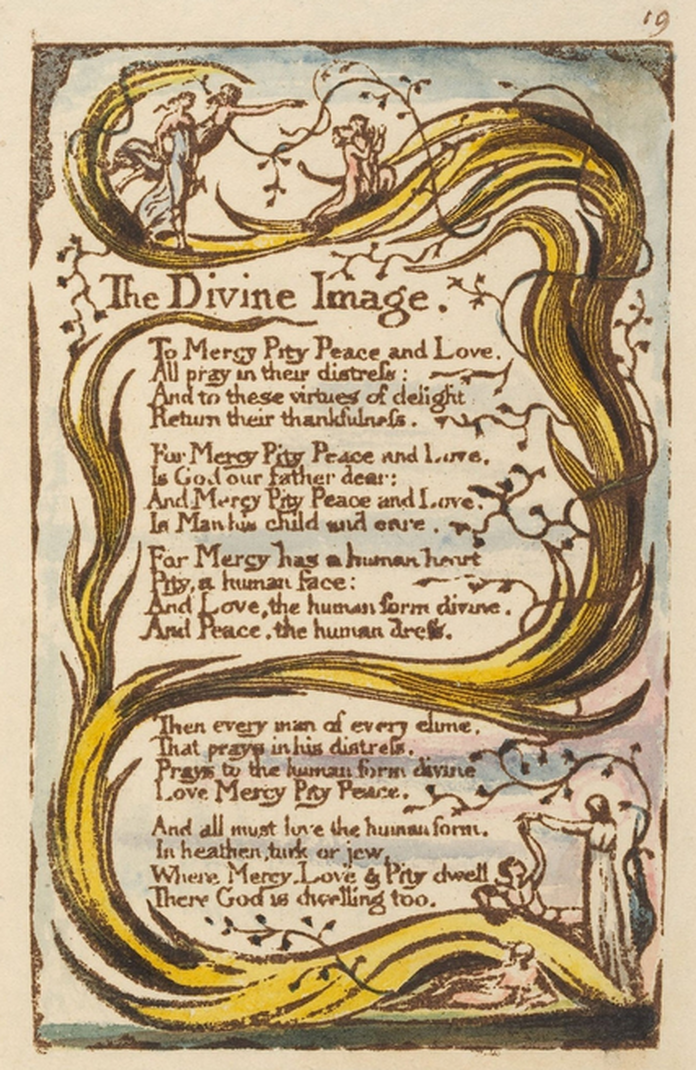
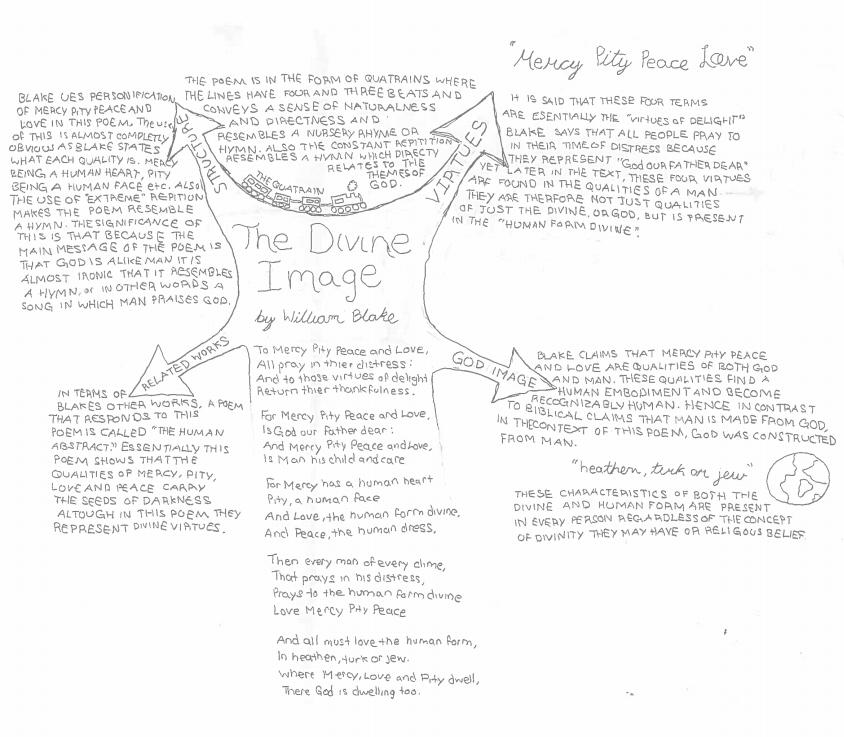
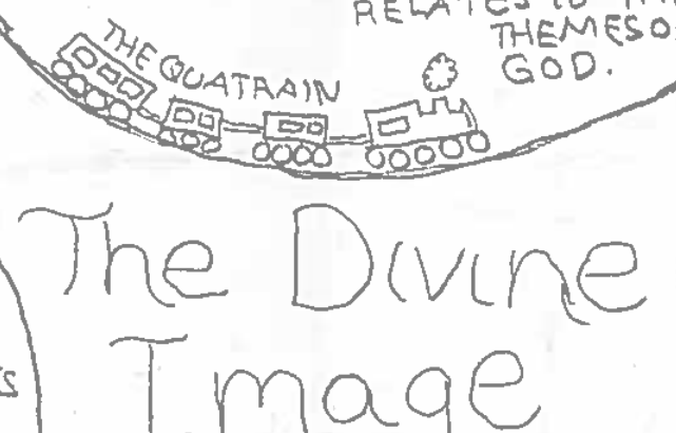
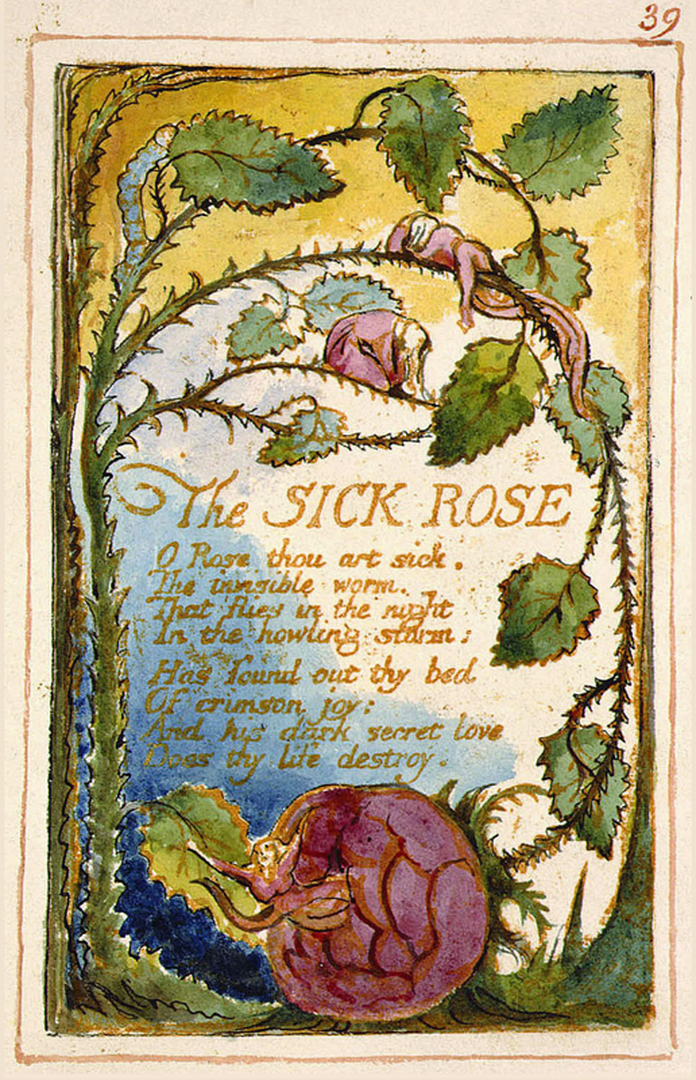
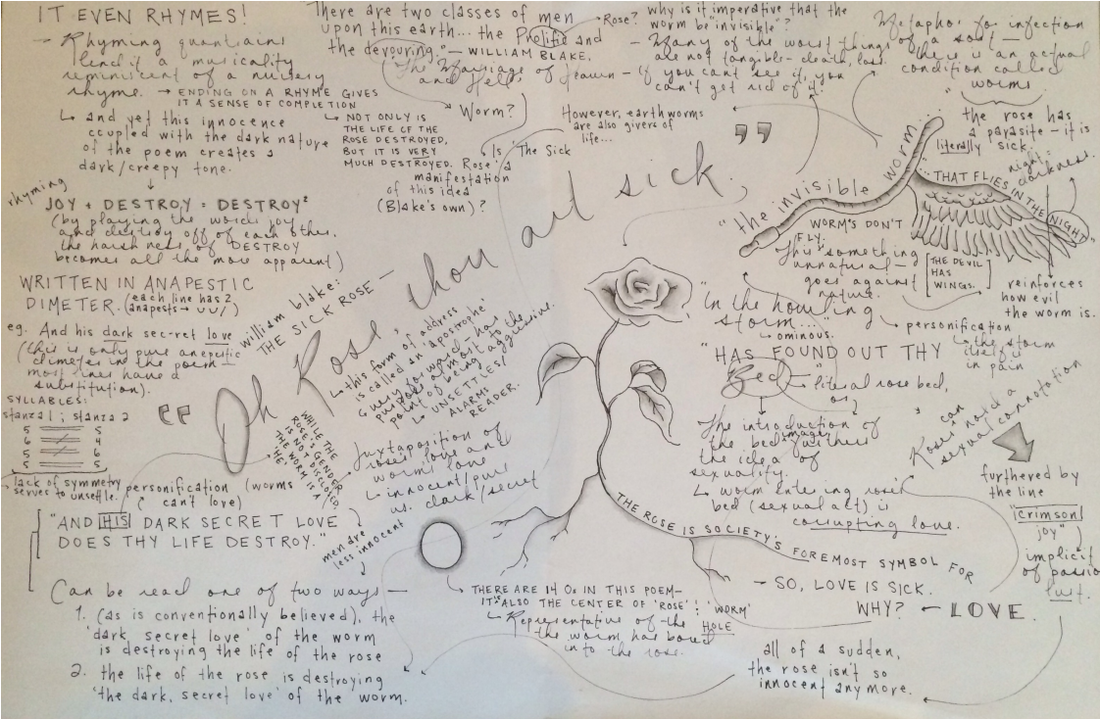
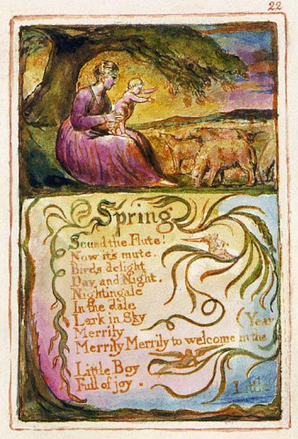
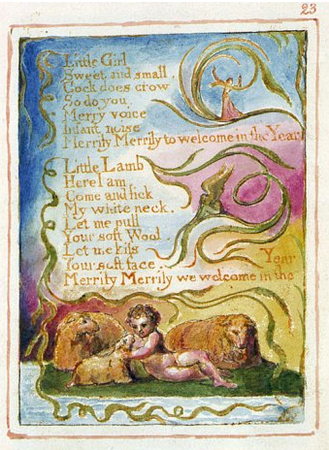
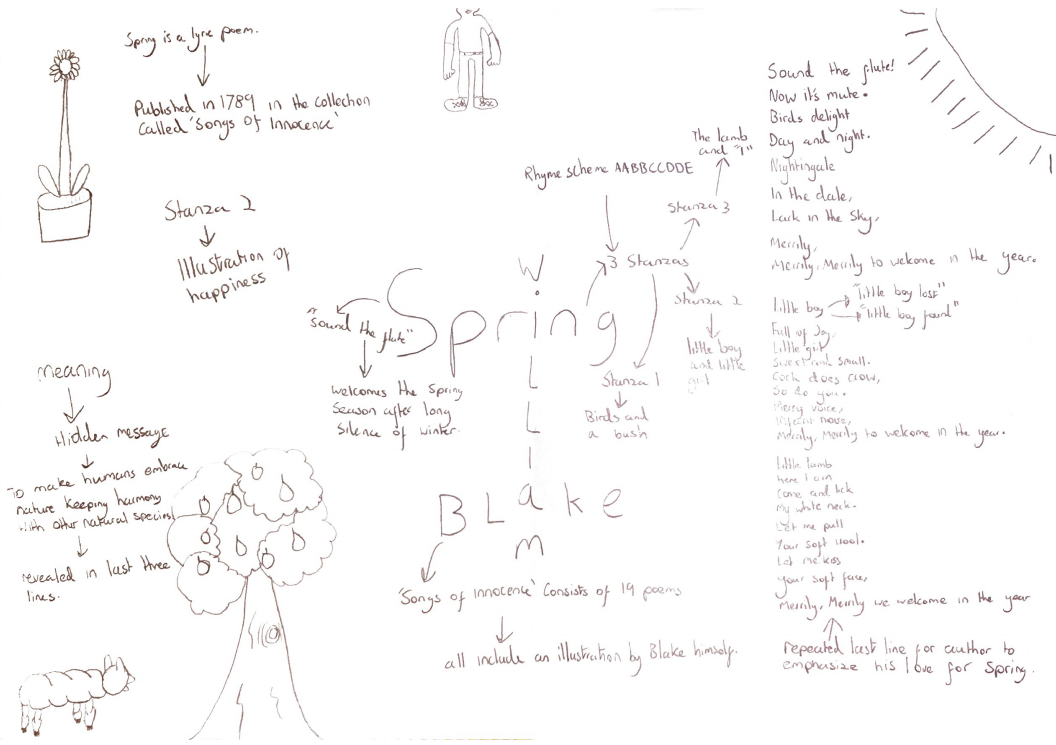
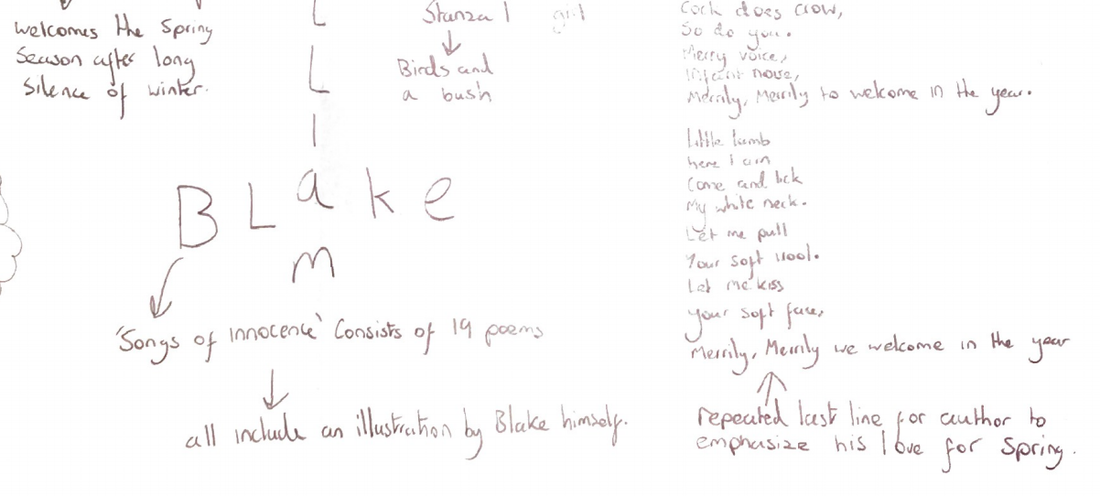
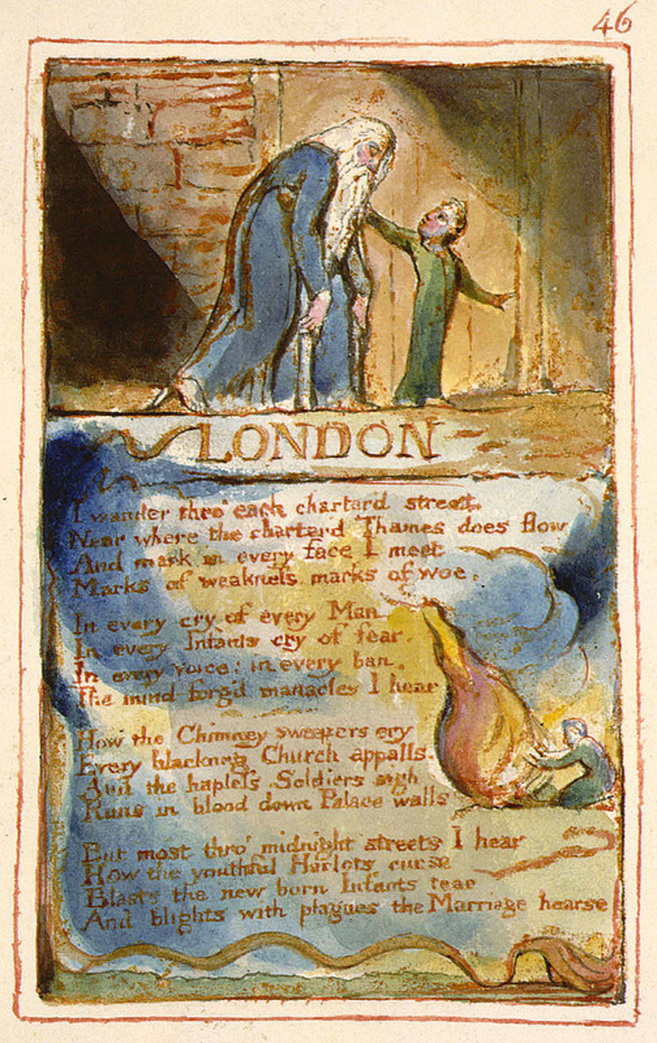
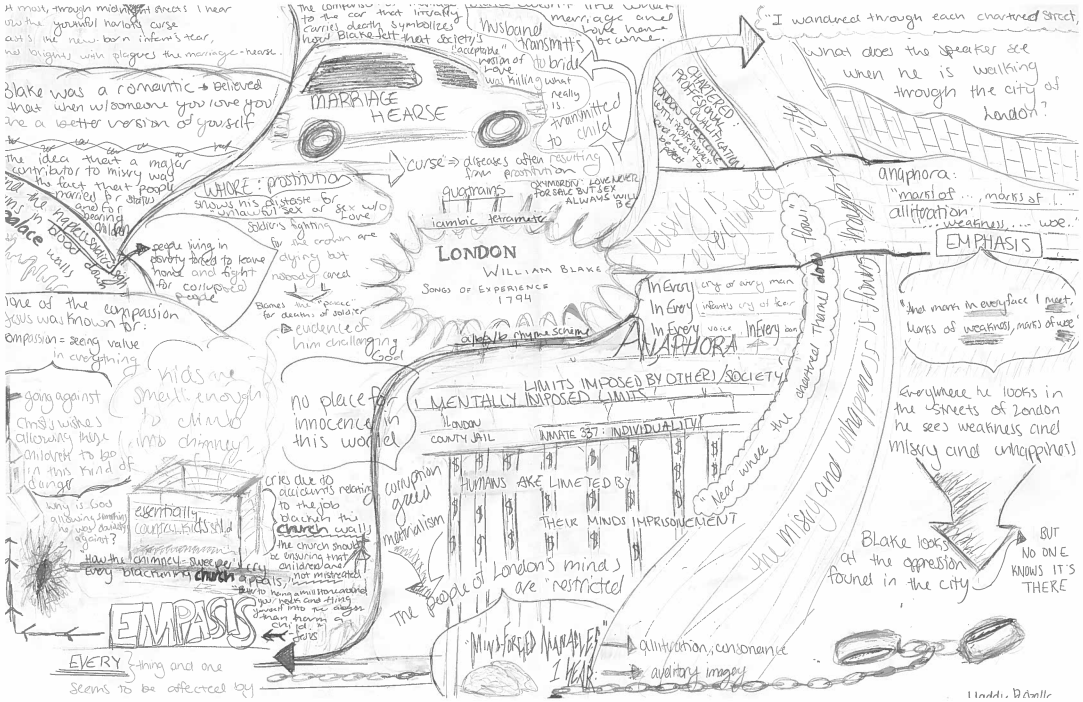
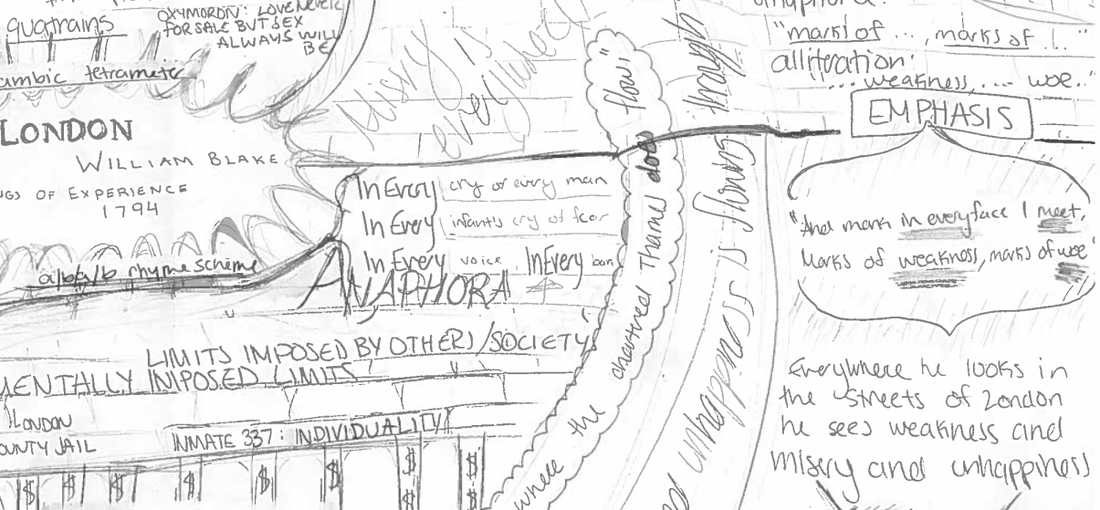
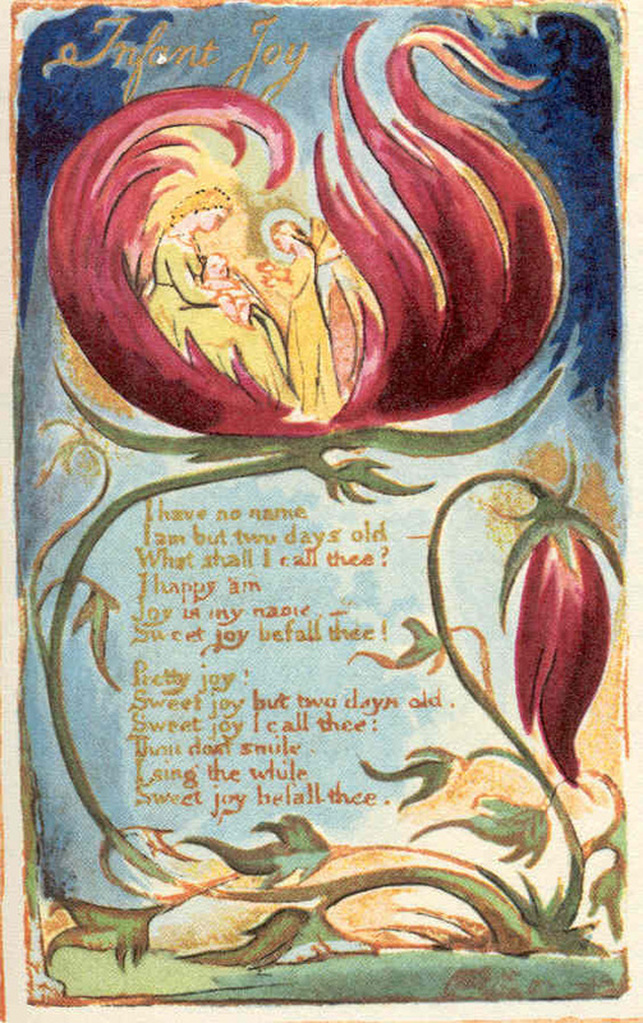
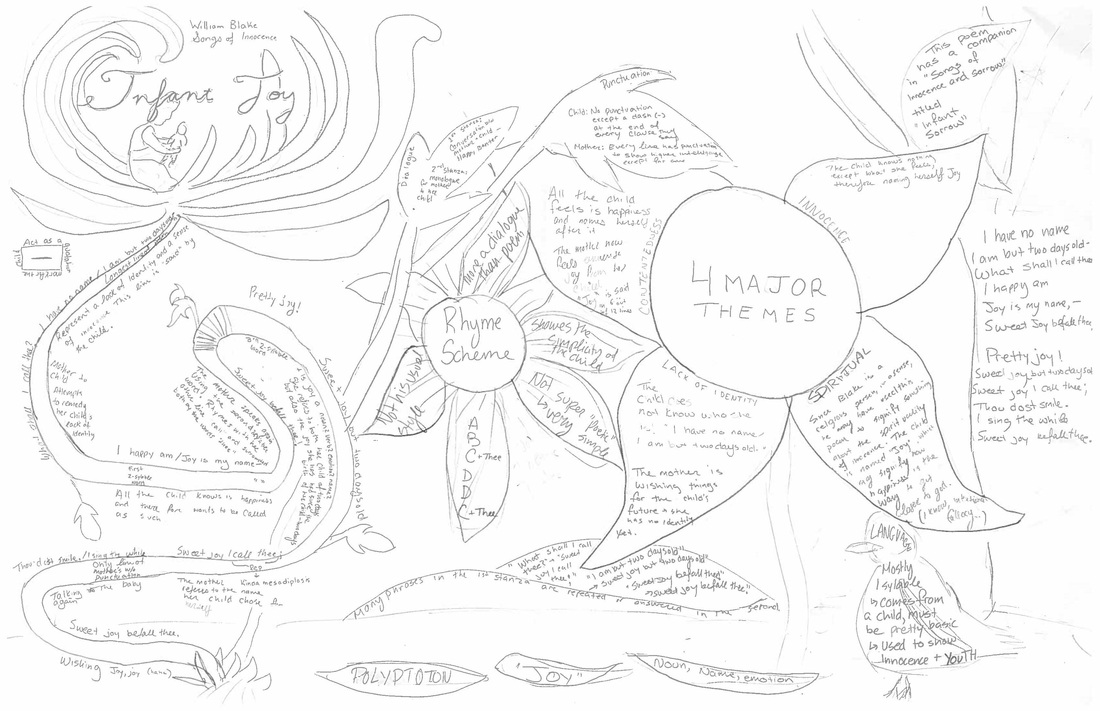
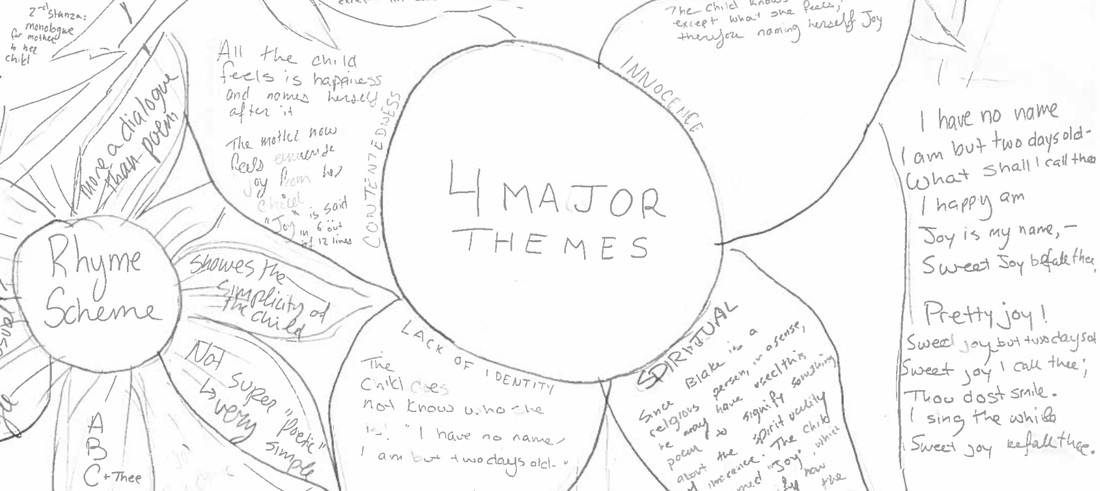

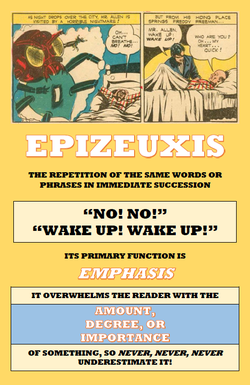
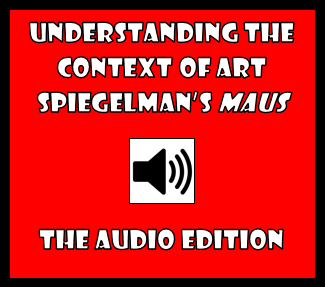
 RSS Feed
RSS Feed
